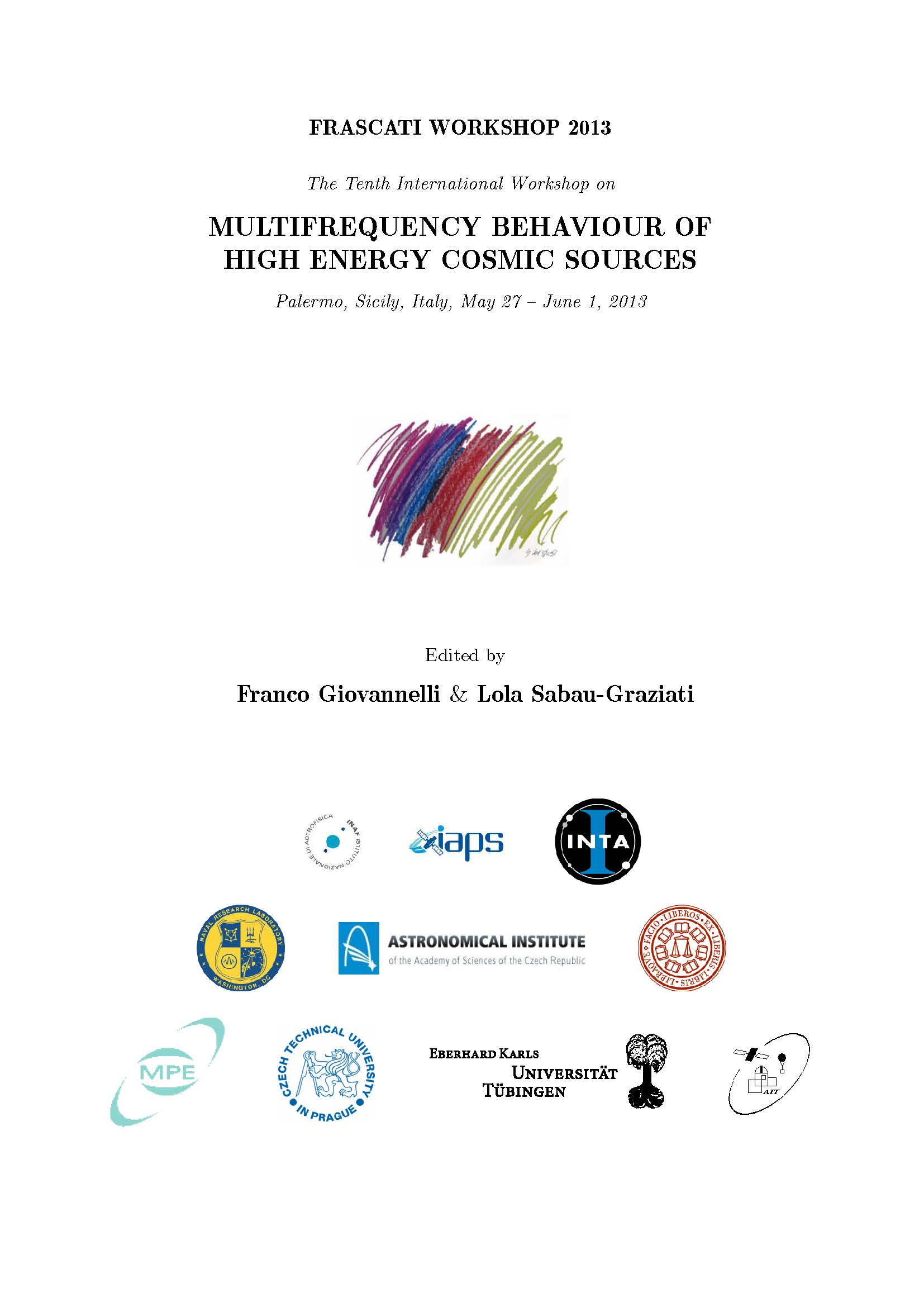Active Galactic Nuclei: Jets as the Source of Hadrons and Neutrinos
DOI:
https://doi.org/10.14311/APP.2014.01.0269Abstract
Active galactic nuclei are extragalactic sources, and their relativistic hot-plasma jets are believed to be the main candidates of the cosmic-ray origin, above the so-called knee region of the cosmic-ray spectrum. Relativistic shocks, either single or multiple, have been observed or been theorized to be forming within relativistic jet channels in almost all active galactic nuclei sources. The acceleration of non-thermal particles (e.g. electrons, protons) via the shock Fermi acceleration mechanism, is believed to be mainly responsible for the power-law energy distribution of the observed cosmic-rays, which in very high energies can consequently radiate high energy gamma-rays and neutrinos, through related radiation channels. Here, we will focus on the primary particle (hadronic) shock acceleration mechanism, and we will present a comparative simulation study of the properties of single and multiple relativistic shocks, which occur in AGN jets. We will show that the role of relativistic (quasi-parallel either quasi-perpendicular) shocks, is quite important since it can dramatically alter the primary CR spectral indices and acceleration eciencies. These properties being carried onto gamma-ray and neutrino radiation characteristics, makes the combination of them a quite appealing theme for relativistic plasma and shock acceleration physics, as well as observational cosmic-ray, gamma-ray and neutrino astronomy.Downloads
Download data is not yet available.
Downloads
Published
2014-12-04
Issue
Section
Articles
How to Cite
Meli, A., & Ciarcelluti, P. (2014). Active Galactic Nuclei: Jets as the Source of Hadrons and Neutrinos. Acta Polytechnica CTU Proceedings, 1(1), 269-273. https://doi.org/10.14311/APP.2014.01.0269



